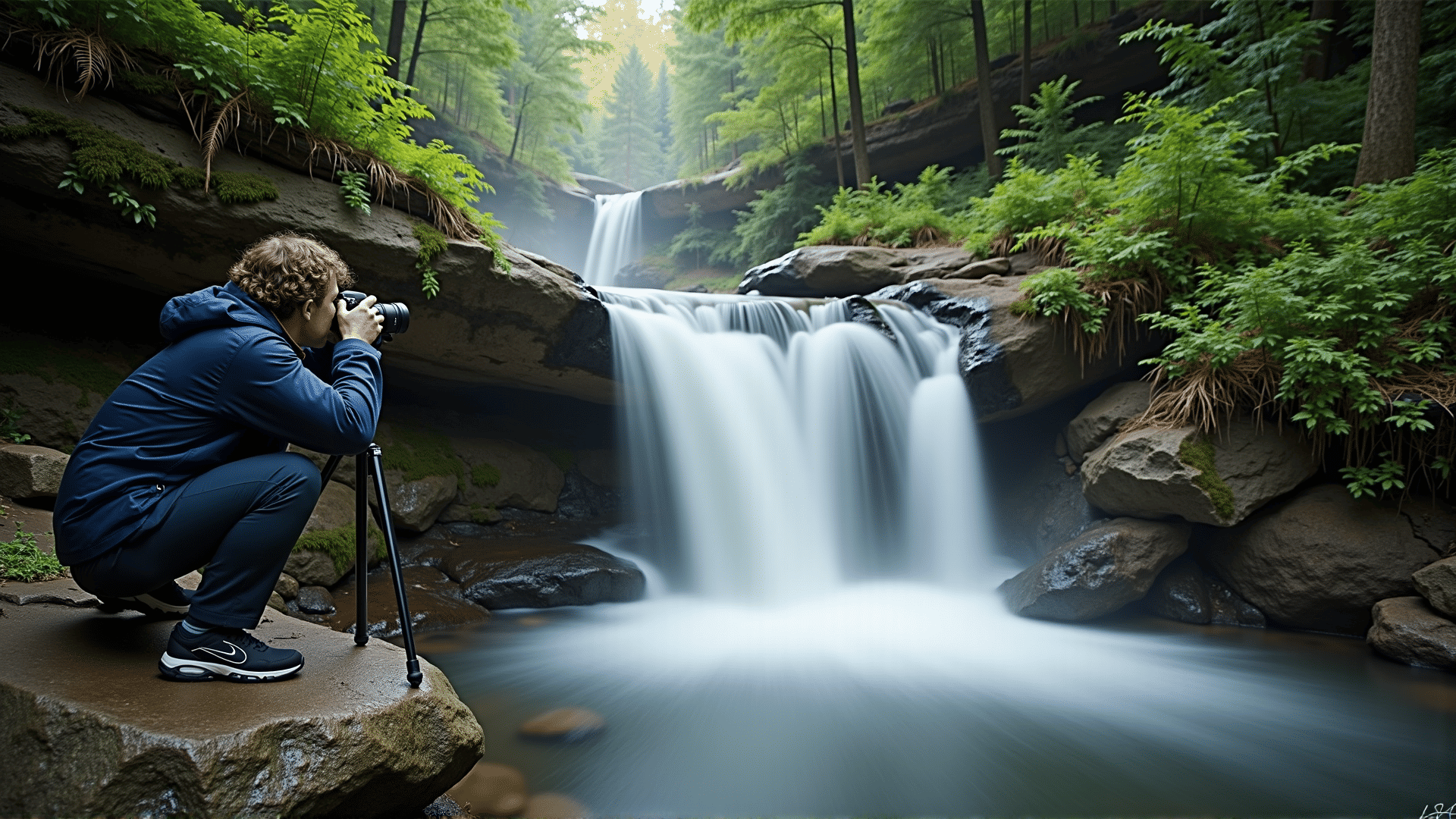Photography is an art form that has continuously evolved, with numerous techniques contributing to its rich tapestry. Among these, long exposure and high-speed photography stand out for their ability to capture scenes in ways that aren't visible to the naked eye. Many iconic photographers have masterfully used these techniques to create images that amaze and inspire.
Long exposure photography involves using a slow shutter speed to capture the permanent and transient elements of a scene in a single frame. It allows photographers to depict the passage of time in a static image, often resulting in ethereal images where light trails, clouds, or water appear silky and fluid. This technique has been notably used by photographers like Michael Kenna and Alexey Titarenko. Kenna’s monochrome landscapes, with their minimalist and serene composition, showcase the dramatic effect of long exposure on natural and urban environments. Titarenko, on the other hand, has used long exposure to capture the bustling life of cities, turning crowds into ghostly, flowing masses that speak to the frenetic pace and ephemeral nature of urban life.
On the opposite end of the spectrum, high-speed photography freezes a fleeting moment in time, creating stills of actions that happen too quickly to perceive. This technique is often used to capture motion with incredible clarity, revealing intricate details and subtleties of movement. Celebrated photographer Harold Edgerton, known as the father of high-speed photography, revolutionized the field with his images of bullets piercing apples or droplets creating crowns upon hitting a liquid surface. His pioneering work not only contributed to science but also to the art world, presenting everyday phenomena in a novel and arresting way.
Both techniques require a deep understanding of lighting, timing, and composition. Mastering them involves experimenting with shutter speeds, apertures, and other settings, as well as developing an intuitive sense for the subject matter. Photographers must also be patient and persistent, as capturing the perfect shot often demands multiple attempts and adjustments.
The use of long exposure and high-speed photography enables artists to tell stories that go beyond the limits of ordinary perception. By manipulating time, photographers can create dynamic narratives and present visual metaphors that evoke emotions and provoke thought. These techniques offer endless possibilities for creativity, encouraging photographers to push the boundaries of what can be visually expressed.
In essence, the artistic achievements made possible by long exposure and high-speed photography continue to inspire not only photographers but all visual artists. By exploring different approaches to capturing time, these techniques allow for a greater appreciation of the transient beauty of the world around us.
